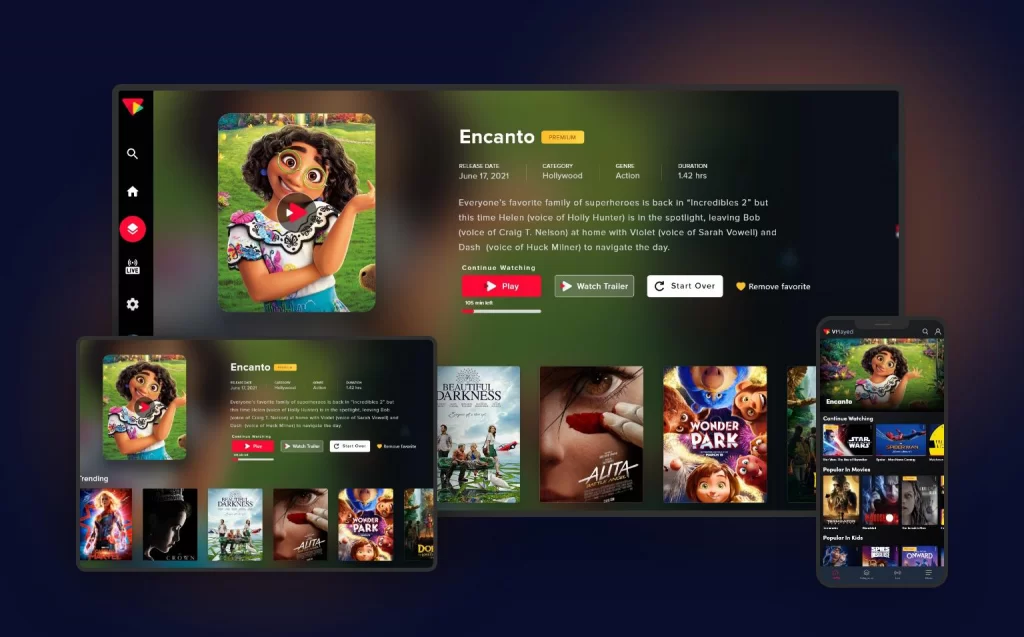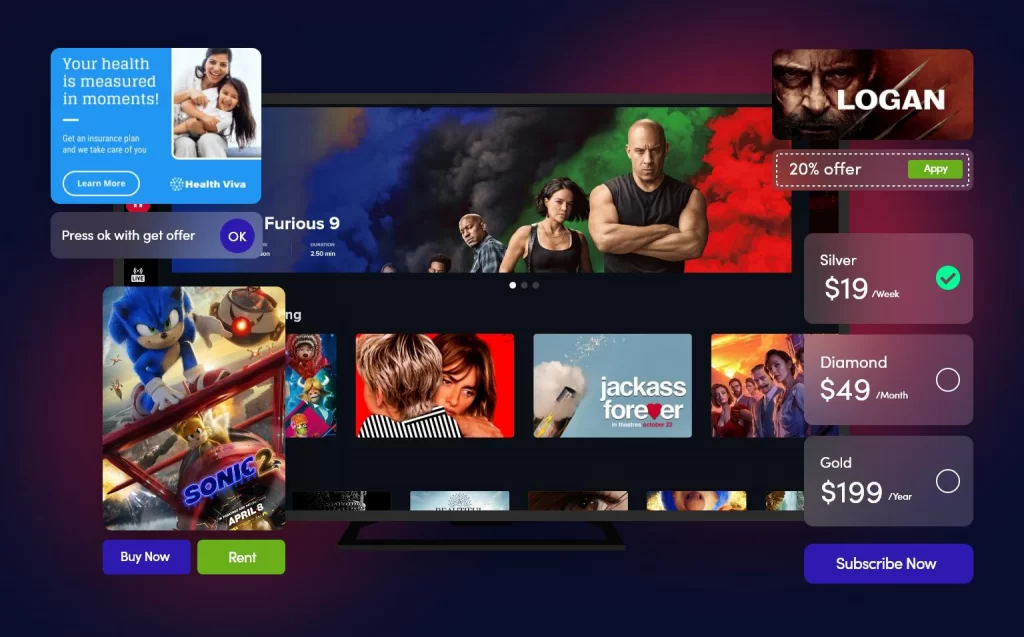Facts About Apollo Group Tv Revealed
Facts About Apollo Group Tv Revealed
Blog Article
Our Apollo Group Tv Ideas
Table of ContentsApollo Group Tv Fundamentals ExplainedThe Best Strategy To Use For Apollo Group TvAbout Apollo Group TvOur Apollo Group Tv Statements
In this circumstance, as opposed to having three-minute business areas during a 30-minute television program, TV programs may change to one where a customer will be called for to have a month-to-month membership, so that they cen sight targeted banner ads. This type of advertising currently occurs on the web, and the quantity of information television business gather enables them to do similar.Clarify the impact of sponsors on program content. Explain the significant trends among the broadcasting and cable networks. When television remained in its infancy, producers designed the new tool on radio. Popular radio reveals such as authorities dramatization Dragnet and western cowboy collection Gunsmoke were adjusted for tv, and new TV programs were funded by single marketers, equally as radio programs had been.
Today, the television industry is even more complex. Programs are sponsored by several advertisers; programming is regulated by major media conglomerates; and the 3 major networks no more dominate the airwaves however rather share their customers with various cable television channels. Several factors make up these patterns within the sector, including technological developments, government policies, and the production of new networks.

Apollo Group Tv for Beginners
Developed in 1969, (PBS) established out of a report by the Carnegie Compensation on Educational Tv, which took a look at the function of educational, noncommercial television on society. Public television was additionally planned to offer universal accessibility to tv for viewers in rural areas or audiences who might not pay for to pay for private television services.
The period in between 1950 and 1970 is traditionally recognized as the. Apart from a small section of airtime regulated by public television, the three major networks (called the Big Three) controlled the tv sector, jointly making up even more than 95 percent of prime-time watching. In 1986, Rupert Murdoch, the head of multinational firm News Corp, launched the Fox network, testing the supremacy of the Big Three.
Targeting young and minority audiences with programs such as Buffy the Vampire Slayer, Moesha, Dawson's Creek, and The Wayans Bros., the new networks wished to draw stations far from their old network associations. Instead than duplicating the success of Fox, UPN and WB battled to make an effect. Not able to bring in several associate stations, the two fledgling networks reached fewer houses than their larger rivals because they were inaccessible in some smaller cities.
This decision led the way for the development of cord movie channels, adding to the exponential development of wire in the 1980s and 1990s. apollo tv. Additional deregulation of cable in the 1984 Cable Communications Policy Act got rid of constraints on wire prices, enabling operators to charge what they wanted for cable solutions as long as there worked competitors to the solution (a requirement that over 90 percent of all cable markets might fulfill)
Getting The Apollo Group Tv To Work

Having actually produced the initial "superstation," Turner increased his realm by founding 24-hour information network CNN in 1980. At the end of the year, 28 national shows services were available, and the cord change had actually started. Over the following years, the industry went through a duration of rapid development and popularity, and by 1994 visitors might pick from 94 basic and 20 premium cable services.
Number 9 - https://packersmovers.activeboard.com/t67151553/how-to-connect-canon-mg3620-printer-to-computer/?ts=1728828079&direction=prev&page=last#lastPostAnchor.16 Increased competition from cord networks has actually triggered a steady decline in the networks' target market scores. During the 1950s, the expense of generating a single television program increased as shows ended up being much longer and production costs skyrocketed. Sponsorship on network tv shifted from single sponsorship, in which a program was entirely sustained and generated by one advertiser, to numerous sponsorship, in which marketers acquired 1- or 2-minute areas on view the program
Choose one of the Big 4 networks and print out its weekly programming schedule. View the network's prime-time programs over the course of a week, noting the target group for each program.
Apollo Group Tv Things To Know Before You Get This

Direct TV, typically described as typical program television, encompasses cord and satellite tv. It's called "linear" due to the fact that web content follows a predetermined programming schedule, unlike on-demand material which the individual audience decides to view based upon their very own preferences and schedule. So, when you ask, "What is straight television?", think of it as the classic way of enjoying television that has actually been around for decades.
Report this page